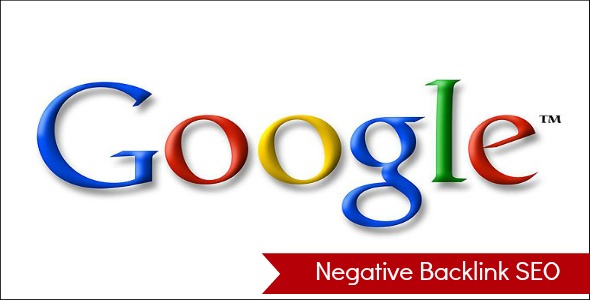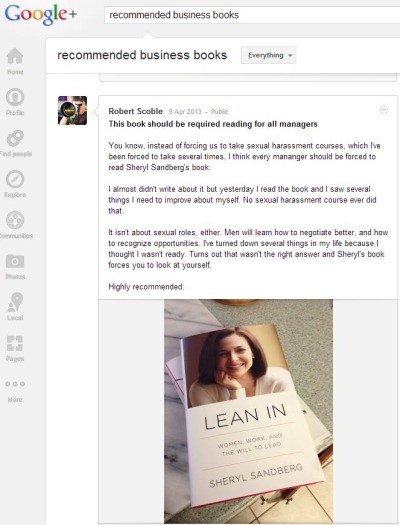As some of you may know, the new Facebook Business Page strategy was recently leaked. It has prompted an outcry from business owners.
Here’s why
A leaked slide deck shows that organic (unpaid) posts you share via your Facebook Business Page, will reach fewer and fewer people. As Advertising Age put it:
“If they haven’t already, many marketers will soon see the organic reach of their posts on the social network drop off, and this time Facebook is acknowledging it.” [Full article]
A number of you have asked me to share my thoughts, so here they are!
As long time readers will know, I dislike Facebook’s approach to the privacy of Facebook users and the way it tends to say one thing and do the other. However, from a business perspective it has one undeniable asset. It has well over a billion users. It’s by far the biggest social network, though Facebook recently admitted that the number of daily users is dropping.
How Facebook initially lured business owners
With such a huge network, Facebook found it easy to convince business owners to get a free, Business Page. Facebook offered the opportunity for businesses and brands to connect with their marketplace and provided lots of free tools. It seemed too good to be true.
So, business owners invested heavily in promoting their Facebook Pages in their marketing. Signs sprung up everywhere, with businesses and brands asking people to “find us on Facebook”.
Encouraged by so-called Facebook experts (who have zero advance warning of Facebook policy changes), many made the mistake of using their free Facebook Page, as their primary way to connect with their community.
Facebook then made a BIG change to the rules
In autumn 2012, Facebook was discovered to be doing something that would change things completely for Business Page users:
Facebook was found “[…] quietly altering one of its key algorithms in September, so that companies with pages that have large numbers of followers can now only reach a fraction of the followers they used to with each post.” Business Insider.
Suddenly, people who were asked to “Find us on Facebook”, couldn’t see what Facebook Business Page owners were posting!
Facebook denied any wrongdoing and said the move was intended to enhance the Facebook experience. Few people, including me, believed them. However, the facts remained the same. It meant that business owners, who had already invested heavily in getting ‘fans’ to their Facebook Business Pages, now had to pay in order to reach them all.
Facebook leak: Positioning Business Pages as paid advertising
Then in December 2013, an article on Advertising Age titled: Facebook Admits Organic Reach Is Falling Short, Urges Marketers to Buy Ads, shows Facebook’s intentions moving forward. As well as saying that fewer and fewer people will see what you post from your Business Page, the following excerpt caught my eye:
“The three-page document also contains a section that repositions how marketers should think about fan acquisition: as a tool for making paid advertising more effective. […]” Full article here.
The message here is that business owners need to stop thinking of Facebook Business Pages as a free way to connect with their marketplace. It isn’t. At best, it’s a way to connect, for free, with a decreasing fraction of the people who ‘like’ their Business Page.
Moving forward, Facebook Business Pages should be seen as a targeted form of paid advertising. In that context, it could be a useful advertising tool. However, business owners seeing it as a free marketing tool are in for a shock, as fewer and fewer people see what they post for free.
Facebook Business Pages shouldn’t be your online home
For years, I have advised people not to build their house on rented land. In other words, direct people to your blog or website. Use something YOU own as your online hub… your online home.
When you build your main community on Facebook (or any third party network), you lose control. THEY own the access you have, to YOUR community. As Facebook just demonstrated, they can and will change the rules and you get to pay the price.
My advice
My advice remains the same as it has always been:
- Build your own home on the Internet. A place where you are in control. Where you make the rules. By far, a self-hosted blog is the best way to achieve this.
- Build and own your community database (what Internet marketers call ‘your list’).
- Produce either a newsletter or (as I have done) a blog that has an email subscription option. Thousands of people will read this message today, via email, because I decided to make Jim’s Marketing Blog my online hub… not Facebook.
- Don’t be one of those business owners, who is sharing ideas, insights and observations on social networks every day, when your blog hasn’t been updated in weeks. Feed your business blog or website… not Facebook!
- Remember that Twitter, Google+ and other social networks are not immune from the kind of stunt Facebook pulled. They are not. We don’t know what they have planned.
Consider Facebook Business Pages as a way to build a targeted, paid advertising channel. Increasingly, that’s exactly what it is becoming.
Most importantly, build your community on your own website or blog. Motivate your marketplace to subscribe to your newsletter or blog via email. This puts the development of your community (or list) and the ability to connect with them, 100% in YOUR hands.










